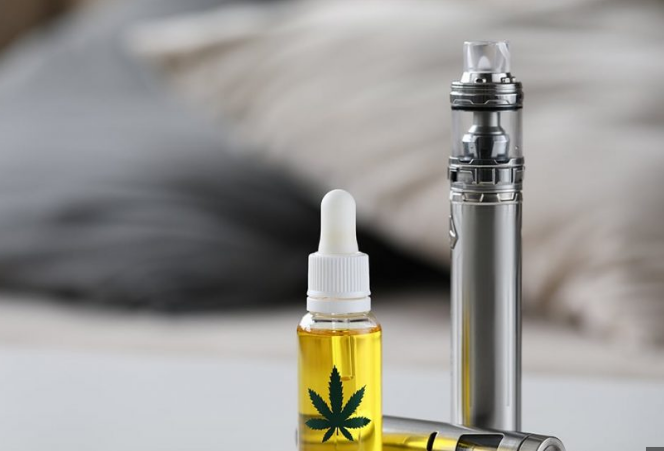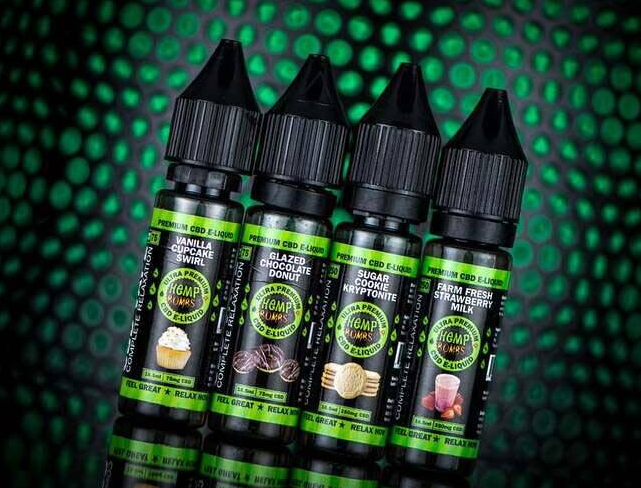Avoid vapes with high nicotine levels, harmful chemicals like diacetyl, heavy metals, poor battery quality, and those lacking lab testing for safety.
Harmful Ingredients
Nicotine Content
Nicotine, a highly addictive substance, is a major component of many vapes. Studies show that the nicotine content in vapes can vary significantly, with some products containing as much nicotine as an entire pack of cigarettes. The risk of addiction increases with the amount of nicotine consumed, making it crucial for users to be aware of the nicotine levels in their vaping products. A typical vape juice may contain nicotine concentrations ranging from 0 to 36 milligrams per milliliter, providing a wide spectrum of exposure potential.
Propylene Glycol and Vegetable Glycerin
Propylene Glycol (PG) and Vegetable Glycerin (VG) are the base fluids in most e-liquids. PG is known for carrying flavor more effectively, while VG produces thicker vapor clouds. Despite their widespread use, these substances can cause irritation to the throat and lungs. Research indicates that high concentrations of VG can lead to more substantial vapor production, which may contribute to respiratory issues over time. Most e-liquids use a combination of 70% VG and 30% PG to balance vapor production with flavor delivery.

Flavoring Chemicals
The addition of flavoring chemicals makes vaping appealing to many users, especially younger individuals. Certain flavors have been found to contain harmful substances such as diacetyl, which is linked to bronchiolitis obliterans, a serious lung disease. Despite their appealing taste, these chemicals pose significant health risks. A study highlighted that some e-liquid flavors might be more toxic than others, with cinnamon and vanilla flavors showing higher toxicity levels in laboratory tests.
Heavy Metals and Toxins
Vapes can also introduce users to heavy metals like lead, nickel, and chromium, which come from the heating coils of the vape devices. These metals can then become aerosolized and inhaled by the user. The presence of these metals has been confirmed in multiple studies, with one finding trace amounts of lead in over 50% of the sampled vape products. The long-term inhalation of these metals can lead to severe health issues, including lung, liver, and kidney damage.
This comprehensive overview of harmful ingredients in vapes underscores the importance of awareness and regulation in the vaping industry. Users should seek products with transparent ingredient listings and opt for those with fewer harmful substances. The quality and safety of vaping products remain a significant concern, with ongoing research aiming to better understand and mitigate these risks.
Unsafe Devices
Poor Battery Quality
Poor battery quality in vapes can lead to significant safety risks, including the potential for the device to catch fire or explode. Low-quality batteries may not meet safety standards, lacking overcharge protection, which is crucial to prevent overheating. A study found that incidents involving vape battery explosions had increased, with over 2,035 emergency room visits related to e-cigarette burns and explosion injuries from 2015 to 2017. High-quality batteries, on the other hand, come with built-in safety features such as voltage regulation and short-circuit protection, significantly reducing these risks. Users are advised to opt for devices with batteries that have a high safety rating and to avoid purchasing unbranded or counterfeit batteries, which are more likely to be of poor quality.
Low-Quality Heating Elements
The heating element or coil in a vape is responsible for vaporizing the liquid. Low-quality heating elements can degrade over time, releasing harmful metals and other substances into the vapor that users inhale. A comparative analysis revealed that coils made from certain materials, such as nickel and chromium, are more prone to corrosion and degradation at high temperatures. This deterioration not only compromises the flavor of the vapor but also introduces toxic substances into the user’s lungs. High-quality coils, typically made from materials like ceramic or high-grade stainless steel, offer better durability and a lower risk of contamination.
Lack of Temperature Control
Temperature control is a critical feature in vaping devices, ensuring that the liquid is heated to an optimal level to produce vapor without burning. Devices lacking precise temperature control can heat the e-liquid to levels that produce harmful chemicals. For instance, propylene glycol, when overheated, can degrade into formaldehyde, a known carcinogen. Devices equipped with temperature control technology allow users to adjust the heat to a safe range, typically between 200°F and 600°F (93°C to 315°C), preventing the formation of harmful byproducts. The absence of this feature in lower-quality vapes poses a significant health risk, emphasizing the importance of choosing devices with reliable temperature control mechanisms.
Selecting vaping devices with high-quality components and safety features is paramount to minimize health risks and ensure a safer vaping experience. Users should prioritize products from reputable manufacturers that adhere to strict quality and safety standards.
Unregulated Products
Counterfeit Vapes
Counterfeit vapes pose significant risks to users, often made with substandard materials and lacking safety features found in legitimate products. These knock-offs mimic the appearance of reputable brands but fall short in quality and safety. A report highlighted that counterfeit vaping devices might cost 30% less than genuine products, enticing consumers looking for a bargain. However, the true cost comes in the form of potential health hazards and device malfunctions. Genuine products undergo rigorous testing and adhere to specific standards, such as using food-grade materials for e-liquid containers and ensuring battery safety mechanisms are in place. In contrast, counterfeit products often bypass these critical quality controls, leading to increased risks of battery explosions and exposure to harmful substances.
Products Without Lab Testing
Vaping products without proper lab testing are a gamble with consumer health. Lab testing ensures that e-liquids and devices meet safety standards, checking for the presence of harmful chemicals and verifying the accuracy of nicotine levels. Unregulated products may contain higher levels of nicotine than labeled or toxic substances such as formaldehyde and acrolein, by-products of overheating e-liquid. A study found that e-liquids from unregulated sources had variability in nicotine content, with some samples exceeding labeled concentrations by up to 52%. This inconsistency can lead to unintended nicotine exposure, increasing the risk of nicotine poisoning and addiction. Furthermore, the absence of testing for heavy metals and other contaminants means users may unknowingly inhale dangerous substances. Choosing products that have undergone third-party lab testing is crucial for ensuring the safety and quality of the vaping experience.
The dangers of unregulated vaping products highlight the importance of purchasing from reputable sources and demanding transparency in product testing. With the rise of counterfeit and untested products, consumers must remain vigilant to protect their health and safety.

Health Risks
Respiratory Issues
Vaping is linked to a range of respiratory issues, from mild throat irritation to severe conditions like bronchiolitis obliterans, also known as “popcorn lung.” Studies indicate that individuals who vape are at an increased risk of experiencing symptoms such as coughing, wheezing, and shortness of breath. One significant study found that vaping can impair lung function as much as smoking traditional cigarettes, with some users showing a decrease in lung capacity and increased inflammation in airway tissues. The presence of harmful chemicals like diacetyl, especially in flavored e-liquids, contributes to these risks. It’s crucial for users to consider these potential impacts on respiratory health before starting to vape or continuing the habit.
Cardiovascular Risks
The cardiovascular risks associated with vaping are becoming increasingly evident, with research linking e-cigarette use to an increased risk of heart attacks, strokes, and high blood pressure. Nicotine, a key ingredient in many e-liquids, is a well-known cardiovascular stimulant that can elevate heart rate and blood pressure, leading to long-term stress on the heart. A comparative study highlighted that vaping could increase heart rate by as much as 20 beats per minute, a significant elevation similar to the effects seen in traditional cigarette smokers. These findings underscore the importance of understanding the cardiovascular implications of vaping, particularly for individuals with pre-existing heart conditions.
Addiction Potential
The addiction potential of vaping is a major concern, especially given the high nicotine content available in many e-liquids. Nicotine is a highly addictive substance, and its ease of access through vaping can lead to dependency, particularly among young people and non-smokers. Data reveals that teens who start vaping are more likely to transition to traditional cigarette smoking, highlighting the gateway effect of e-cigarettes. The concentration of nicotine in e-liquids can vary widely, with some products containing as much nicotine as a full pack of cigarettes. This variability poses a risk for users to consume higher levels of nicotine than intended, increasing the difficulty of quitting and the likelihood of addiction. Awareness and regulation of nicotine content in vaping products are essential steps in addressing this public health issue.
